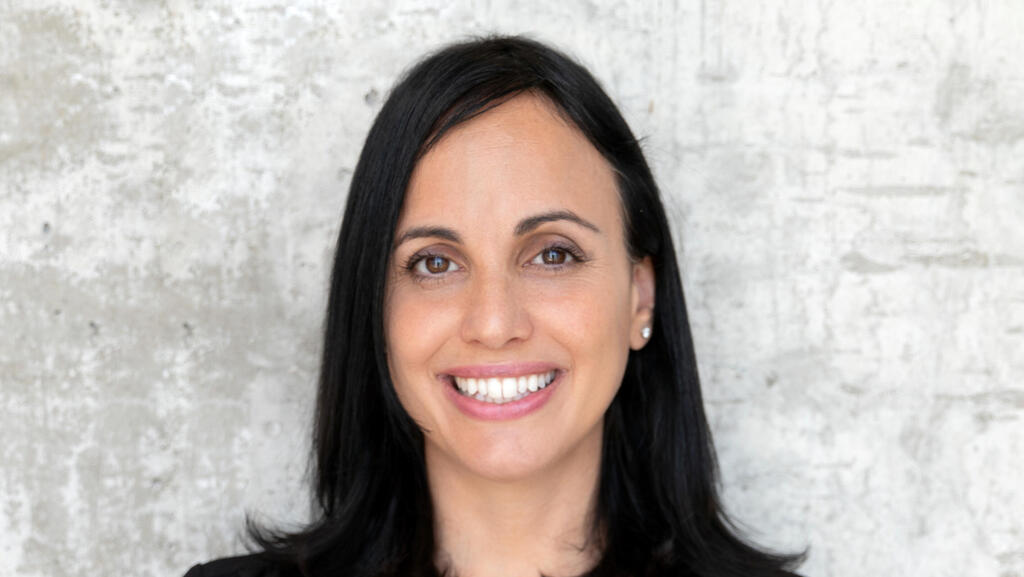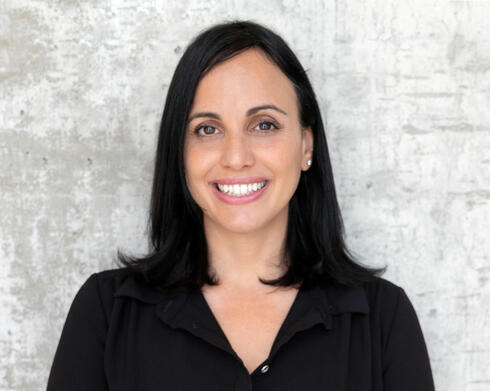
Opinion
Understanding how to approach VCs post-bubble
“The problem is clear, founders need to face the harsh reality when looking for funding; your asks and evaluations can no longer be as high as they were a year ago,” writes Lee Moser, Managing Partner and Founder at AnD Ventures
The market is constantly changing and it is evident that it is not the same as it was a year ago, so what does that mean for founders and startups?
Despite being higher than pre-pandemic years, we believe 2023 will be “the onset of an imminent but healthy recalibration period.” With global uncertainty due to high inflation, the war in Ukraine, and the fear of recession, investors have become increasingly cautious. VCs started longer due diligence processes while focusing more on established and proven late-stage companies. These changes have affected early-stage startups looking to raise capital for the first time to help grow and develop.
Before we dive deep into the problem that founders are currently having and how to solve it, we must understand the current situation first.
“The Bubble”
There is no doubt that 2021 was a record-breaking year for investments, but let's understand why.
Venture capital firms wrote larger than ever checks for early-stage startups because of the huge pile of dry powder accumulated from the record levels of VC funding in 2020. Consequently, there was an increase in allocations to venture capital funds eager to invest.
With the rise of investment and valuations in 2021, we were left with two questions: how long will this “Bubble” last? and what will be its consequences?
Understanding the new reality
Although Israel is a hub for high-tech, startups, and innovation, its ecosystem is behind when it comes to understanding the new reality of the financial market. So how has the market changed since a year ago?
There is still money in the market because of the dry powder from the “Bubble”, however, there have been fewer investments due to a massive pullback across the venture board.
VC firms have become more cautious and reluctant to invest for three major reasons:
Timetable to term sheet has drastically slowed down
As uncertainty increases, negotiations and due diligence processes are becoming more rigorous when determining pricing as well as the deal terms included to get to those valuations.
More thought on revenue and seeing POC change to paid customers
Investors want to see ARR and paid customers rather than theoretical growth plans because they are tangible elements that bring certainty to an unpredictable market.
Traction in the target market
Unlike late-stage investments, who have established markets and less risk, Seed and early-stage startups need to prove product market fit to investors.
Nevertheless, Seed deal counts have remained elevated while median deal sizes and valuations have grown. However, we believe this trend will stop in 2023 and valuations will fall by at least 20% - 30%. In Israel, firms such as OurCrowd, Aleph, AnD Ventures, and Techstars have invested in Seed or early-stage startups despite the decrease in global investments.
What is the biggest roadblock for founders?
A year ago, venture capital was known for its herd mentality or easier understood as FOMO. Founders capitalized on the influx of money and investments due to everyone wanting a piece of the action. Founders need to “wake up” because that’s no longer the case and you still haven't accepted it. Too many founders are still entering funding endeavors with high valuations that are no longer appealing.
The problem is clear, founders need to face the harsh reality when looking for funding; your asks and evaluations can no longer be as high as they were a year ago.
How do you raise in the new market?
Do not raise with a high valuation. Founders need to honor your stage, meaning you should raise based on what you have and where you are currently. Even before you finish your current round, founders should be thinking about how to raise your next round.
We recommend following Alejandro Cremades’s valuation guide:
Pre-seed: $200K - $500K at $1M - $3M valuation.
Seed: $500K - $2.5M at $2M - $6M valuation (revenue: $0 - $50K per month).
This a good baseline for startup valuations, but let me give you three vital tips to help founders raise successfully in today's market:
Create the right growth plan
VCs want founders who use funds efficiently and correctly. Creating a 36-month runway, including a buffer, is a significant increase from the “normal” and more common 18-month runway, and is the more responsible approach you should take for your spending forecast.
Focus on the important tasks
Diligence is back and getting longer; there is no room for a hyper growth burn mentality. Rather founders must be meticulous when it comes to your product, market fit, and focus on a differentiator that sets you apart from your competitors.
Choose the right investors
Investors will be with you for the long run, so it is important to find investors who will work by your side to help you build and grow.
With this new understanding of the current situation, you should be more equipped to approach venture capitalists and valuations, while realizing that there is more to an investment than money.
Lee Moser is the Managing Partner and Founder at AnD Ventures
